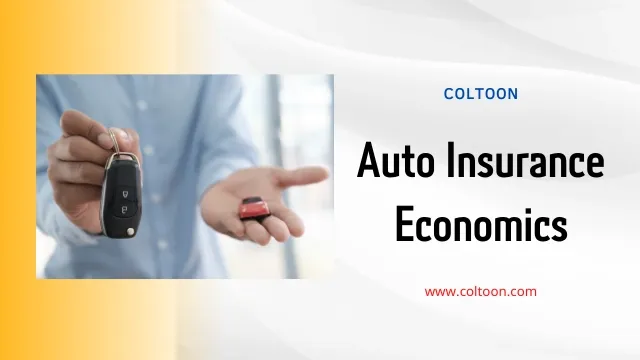Sometimes auto insurance companies are pressured to lower their premiums, why do they do this? This article will help you understand.
Auto Insurance Companies
Auto insurance companies are supposed to act rationally in pricing and selling their products. Auto Insurance companies don’t. In alternating cycles over time they sell a lot of their product at low prices and then sell less of their product at high prices; the high prices attract competition that drives prices down, starting the cycle over again. In a “soft market” auto insurance companies compete to sell more insurance. They relax underwriting standards and cut premium rates, so they sell more policies and riskier policies at lower prices. Read also: Choosing Insurance Company and Finding Savings.
Premiums Increase
The inevitable result is that even when premiums increase, claims rise too, and as claims rise, profits decline. When profits decline the shortfall has to be made up from the companies’ capital surplus, so the capital needed to back up new policies is depleted. To compensate, the companies tighten underwriting standards and raise rates, so less insurance is available but loss results are better ( a “hard market). Profits rise and new capital is attracted by the higher profits, so the capacity to underwrite more policies increases, starting the cycle over again.
The pressure to cut premium rates would be peculiar but understandable even if lower premium rates produced lower profits, but the fact that underwriting losses are not the whole story makes the behavior more logical. Premium dollars collected become funds for the auto insurance company to invest, and the expected return on those investments helps determine how much it is worth to accumulate those dollars, even at the expense of higher claim costs. When investment returns are high, companies engage in “cash flow underwriting”, or underwriting designed less to produce a gain on the ratio of premiums to claims and more to produce funds to be invested. Read also: Auto Insurance Attorney Representation.
Auto Insurance Underwriting
Auto insurance underwriting cycles usually follow four-to-six patterns. Starting in 1988, however, the pattern was broken by an unusually extended soft market that ran from 1988 until 2000. Auto insurance underwriting losses for the industry were $10.2 billion in 1987 and $11.8 billion in 1988, then nearly doubled in 1989 and 1990, jumped to $36.3 billion in 1991 and never fell below $17.1 for the next five years.
The pressure was particularly pronounced in auto insurance. The All-Industry Research Council (now the Insurance Research Council) conducted an extensive study of auto claims in 1987 and concluded that the cost of injuries rose 140 percent over the previous decade. That was more than half again the rate of inflation, with much of the increase driven by rising medical costs.

